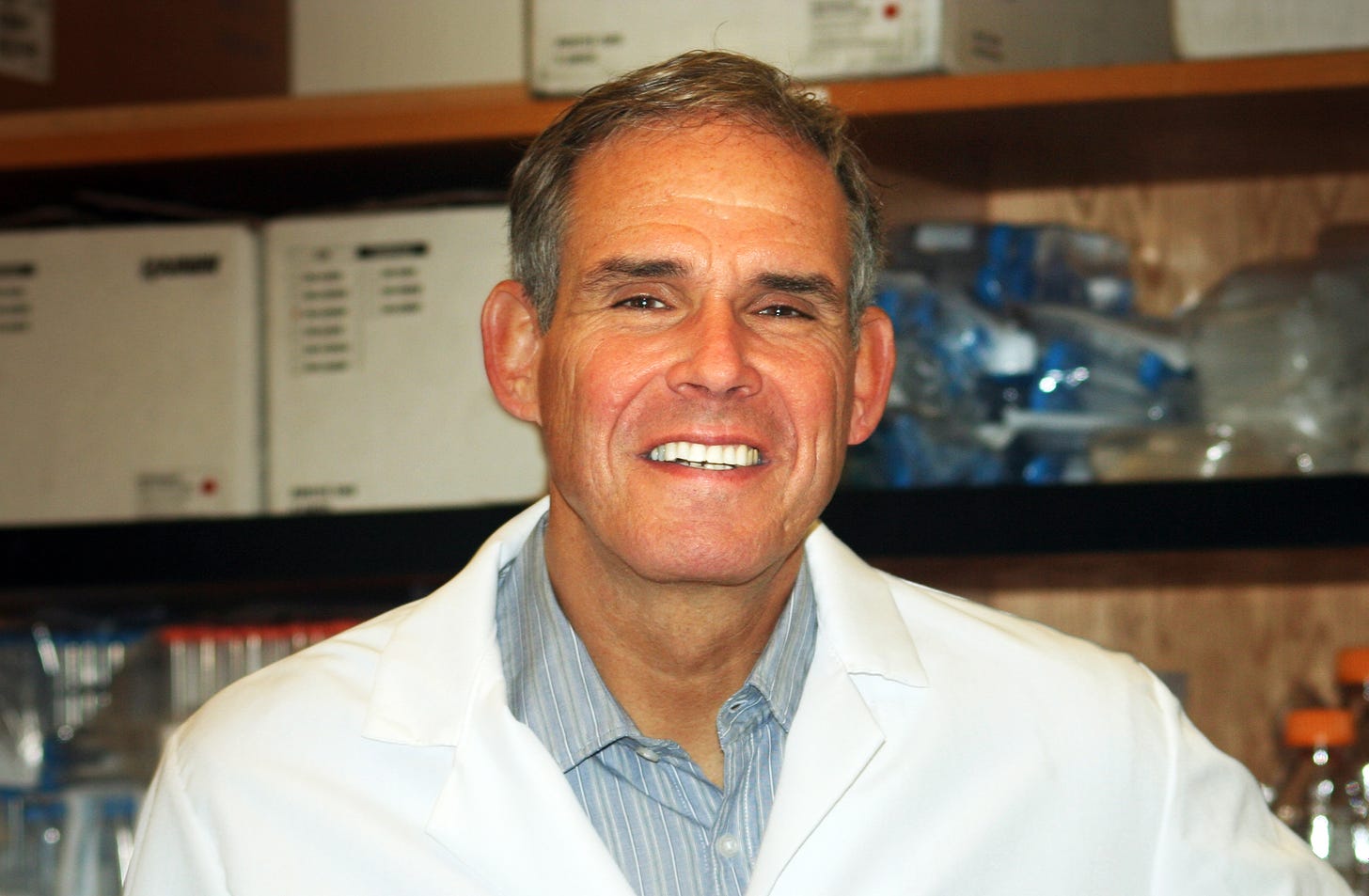I’m thrilled, thankful, and honored to have you join me for this new set of columns as a Writer-in-Residence at Substack. We’ve been on a long, tortuous pandemic path together for nearly two years, and, unfortunately, there’s more to come.
We’re living at a time of peak mis- and disinformation, with blurring of the lines between truths, distortions, and fabrications. In early 2020, I decided to take on a new added role as a “covidologist” to try and sort out the facts, keep up with the outpouring of new science and medical reports, and provide some analyses. Virtually every day for almost 700 in a row I’ve been posting this stuff on Twitter, along with periodically writing op-eds in various newspapers (NY Times, Washington Post, Guardian), and publishing original Covid research papers with my colleagues at Scripps Research. But, as I’ve learned over and over, Twitter posts are easily misinterpreted and twisted. When Substack asked me to join for a month experiment, I thought it would be well worth a try.
Let me be clear, I have no background as a virologist, immunologist, or epidemiologist. I head up a biomedical institute at Scripps Research and I talk with my colleagues here frequently, along with many respected leaders in these fields around the world. I’m a cardiologist, still practicing, with some expertise in genomics, digital and artificial intelligence. The latter is where I got used to “ground truths,” the term referring to the accuracy of input data to train models for supervised learning. But ground truth has other meanings, originally applied to meteorology, for providing independent confirmation of remote sensing data at the site, such as by someone on the ground. At Substack, in this series of essays, I am hoping it will provide what is known to be true or real about Covid and related biomedical matters.
It’s important to emphasize that just as the SARS-CoV-2 virus has evolved substantially over the past two years, so has our knowledge. What’s true today may be proven false tomorrow. That’s science. In fact, challenging dogma is one of my favorite parts of science. It is something—along with “Tell it like it is”—that I have vigorously pushed my trainees and young faculty to do throughout my career.
There’s a bias to highlight. I am an optimist, always looking, when possible, for the brighter side when interpreting findings. But when the evidence is clear-cut, as it was for third shot (boosters) in August, I reluctantly made the call these would be important to protect the protected. That was met with considerable backlash from many public health experts, maintaining that 2 doses of vaccines were fully protective against symptomatic infections, hospitalizations, and deaths. Randomized trials and large-scale effectiveness studies proved that to be wrong, but the signals were already quite evident months earlier. It’s a signal that I consider to be a ground truth. Besides vaccine manufacturers, who the hell wanted there to be a need for boosters after 6 months? And to lay it out, I have no relationship or financial conflicts with any pharmaceutical company or vaccine manufacturer.
I’ll always be looking for humor. That’s why I have curated and posted cartoons for over a decade. It goes along with the optimistic bent, trying to maintain a level of levity and sanity, especially in tough times. Here’s one of all-time my favorites.
I'll be posting at least once a week with thoughts on the unfolding data. I hope you’ll find Ground Truths worth your time, and I’ll look forward to your comments. Obviously, you’re not in the “people don’t read” camp —you are the folks I’m interested to hear and learn from!




